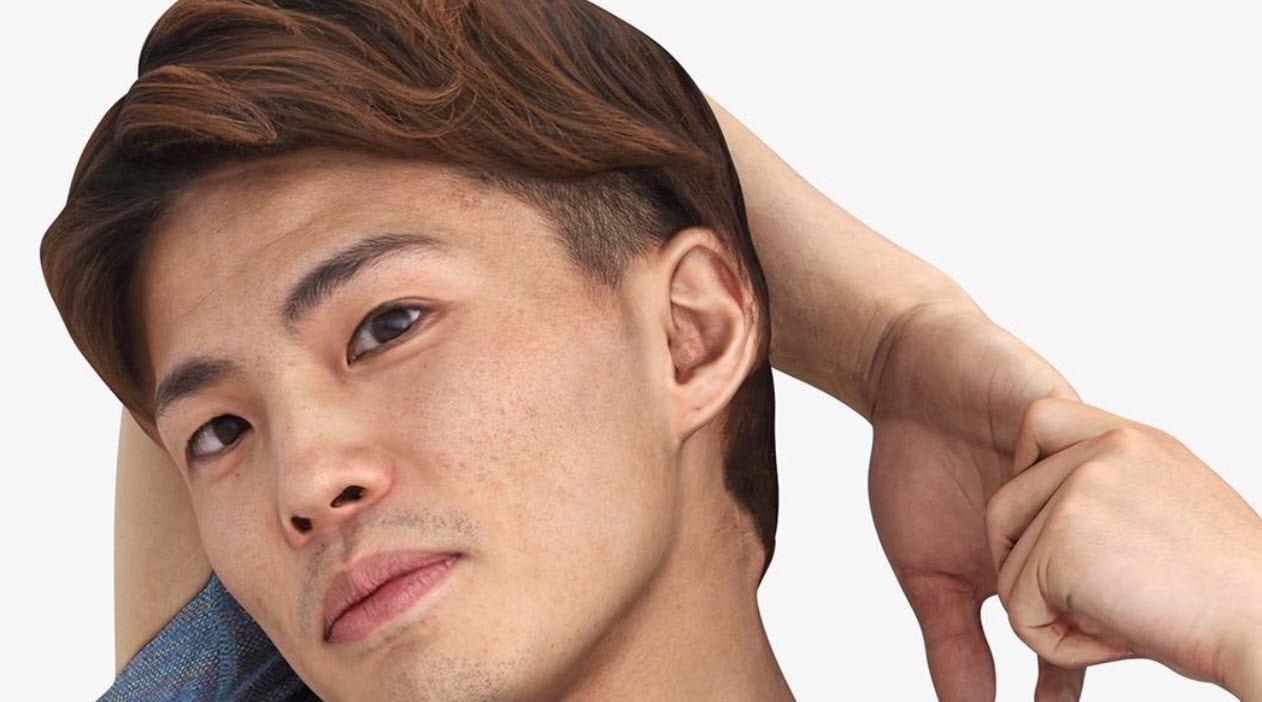Mastering Realism: Techniques for Texturing and Shading Digital Doubles
In the captivating realm of digital doubles, the pursuit of realism stands as a paramount objective. The artistry lies not only in crafting lifelike forms but also in breathing authenticity into textures and shading. This delicate dance between art and technology transforms virtual replicas into immersive entities that resonate with audiences. In this article, we unveil the techniques that elevate texturing and shading to create astonishingly realistic digital doubles.
The Canvas of Realism: Understanding Texturing
Texturing is the process of applying surface detail to a 3D model, mimicking the nuances of materials in the real world. This technique brings depth, detail, and character to digital doubles, fostering an uncanny sense of realism.
Photorealistic Mapping
Photorealistic texturing begins with high-resolution photographs of the real subject. These images serve as a reference to capture intricate details such as skin pores, imperfections, and material properties. Artists then map these images onto the 3D model’s surface, seamlessly integrating the textures for a photorealistic effect.
Displacement and Normal Mapping
Displacement and normal mapping add a three-dimensional illusion to the model’s surface without adding unnecessary geometry. Displacement mapping manipulates the model’s vertices based on texture information, creating a sense of depth. Normal mapping, on the other hand, simulates small surface irregularities by altering the way light interacts with the texture, enhancing the illusion of depth and texture.
The Dance of Light and Shadow: Mastering Shading
Shading complements texturing by simulating the interaction of light with surfaces, shaping the digital double’s appearance and mood.
Physically Based Shading
Thesemodels replicate real-world material properties. These models take into account factors like roughness, reflectance, and fresnel effects, ensuring that materials respond to light in a believable manner. This approach enhances the overall coherence of the digital double, as different parts of the model interact with light consistently.
Subsurface Scattering
Subsurface scattering mimics the way light penetrates translucent materials like skin, creating a soft and natural look. This technique is crucial for achieving lifelike skin tones, as it captures the subtle interplay between light and skin’s underlying layers.
The Blend of Artistry and Technology: Techniques for Realism
The magic of realism lies in the synergy of artistry and technology. Achieving realistic texturing and shading involves a combination of skillful craftsmanship and advanced tools.
Procedural Texturing
Procedural texturing generates textures algorithmically, enabling artists to create complex patterns, details, and variations efficiently. This technique is particularly useful for achieving intricate details that might be time-consuming to create manually.
Dynamic Lighting Environments
Shading becomes more convincing when it reacts dynamically to the environment. Integrating dynamic lighting environments allows the digital double to seamlessly blend into different lighting conditions, enhancing its authenticity.
The techniques for realistic texturing and shading of digital doubles transcend the realm of technology, encompassing a fusion of artistic insight and technological finesse. By expertly applying these techniques, artists breathe life into virtual entities, making them indistinguishable from their real-world counterparts. The interplay between photorealistic mapping, physically based shading, and sophisticated tools reshapes the boundaries of digital artistry, offering a glimpse into a future where the line between the real and the virtual is beautifully blurred.




